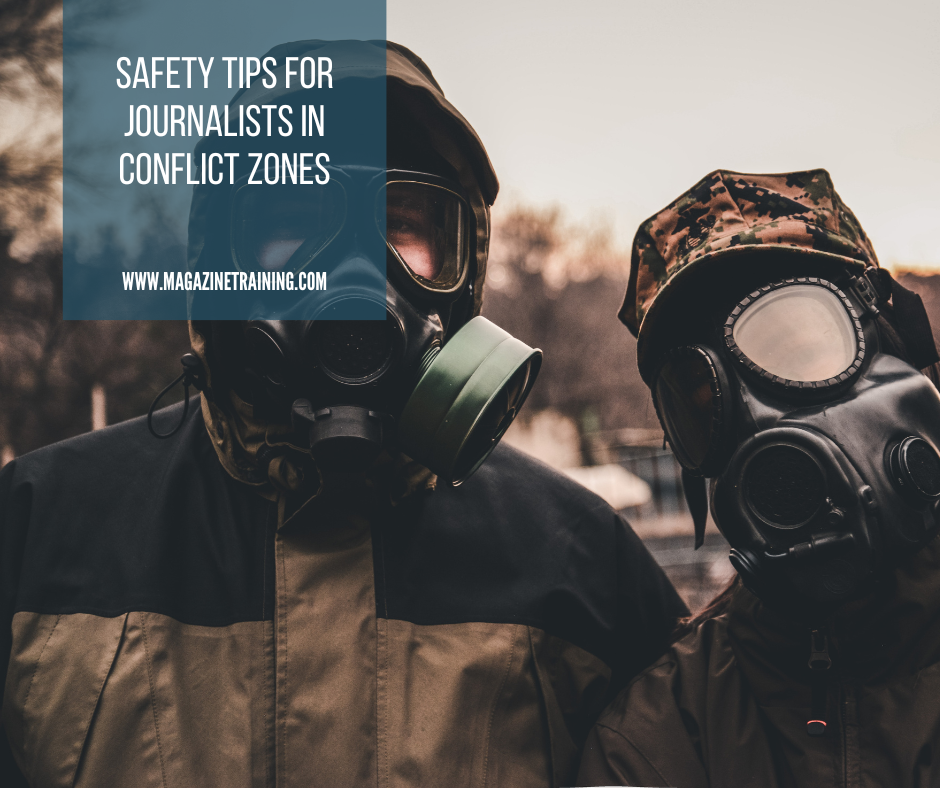
Journalists can be prime targets when reporting in conflict zones. By relaying critical information on the ground, and by revealing stories of atrocities and war crimes, journalists can be at risk by those who want the facts of the conflict hidden, said Abeer Saady, a trainer and media specialist in conflict zones, during a recent ICFJ Pamela Howard Forum on Global Crisis Reporting webinar.
“During conflict, the truth is the first casualty,” said Saady.
As journalists have become conflict correspondents overnight in Ukraine, it’s important that they also safeguard their physical, digital and mental wellbeing. Here are some highlights from the webinar on how journalists can keep themselves safe while reporting on conflict:
Physical safety
In a conflict zone, the most immediate risk to a journalist is physical threats, said Saady. When the physical risk is high, it’s important to know when to stop reporting and get to safety.
Journalists should always wear protective equipment. They should be aware of the weapons being used around them, and develop an escape plan for areas where they are reporting.
First aid training and a basic understanding of map reading can also be helpful.Reporters should also take care not to reveal their location to individuals or groups they don’t trust. “Never risk yourself for the story,” said Saady.
In conflict zones, safety can be a daily struggle. Local reporters, regardless of work experience, especially can face hostile environments even in their own hometowns due to impunity. Having a local network, such as fellow journalists, community members, translators, and security experts, is a helpful way to improve safety. “You have to know who to trust,” Saady said.
Using fixers, understanding the local culture, and finding patterns for safe and fast mobility, and working as part of a journalism team can also help. Many local and international organizations also provide aid and equipment for journalists operating in conflict zones.
Mental safety
Threats to journalists are not exclusively physical – the mental health of journalists working in war zones is also at risk. Keeping on top of the stress of reporting and maintaining emotional stability can be just as important as physical safety.
“Do not underestimate this stress,” Saady said. “You are in survivor mode, and you do not really think about the types of stress and what the people around you are going through.”
by
Photo by Ana Itonishvili on Unsplash
Related posts
Magazine Training International’s mission is to encourage, strengthen, and provide training and resources to Christian magazine publishers as they seek to build the church and reach their societies for Christ.

